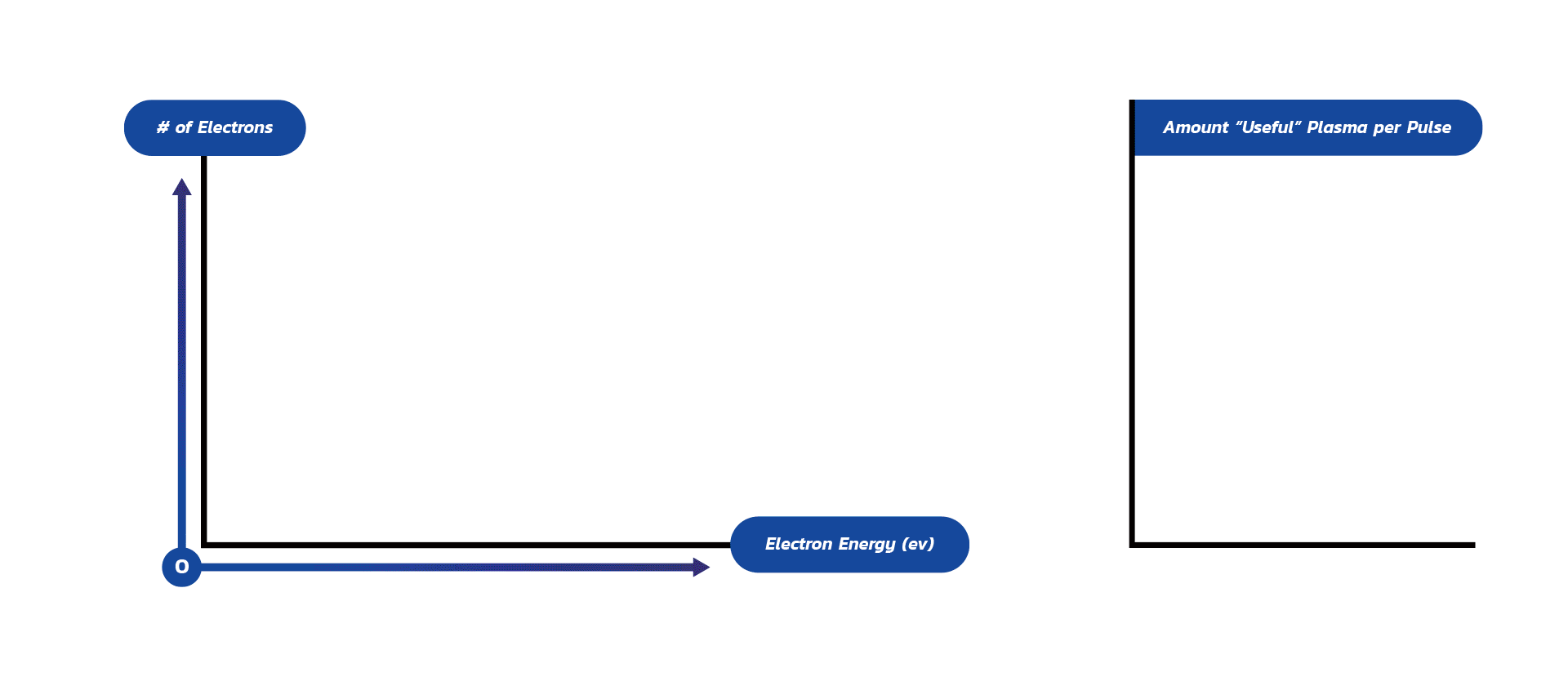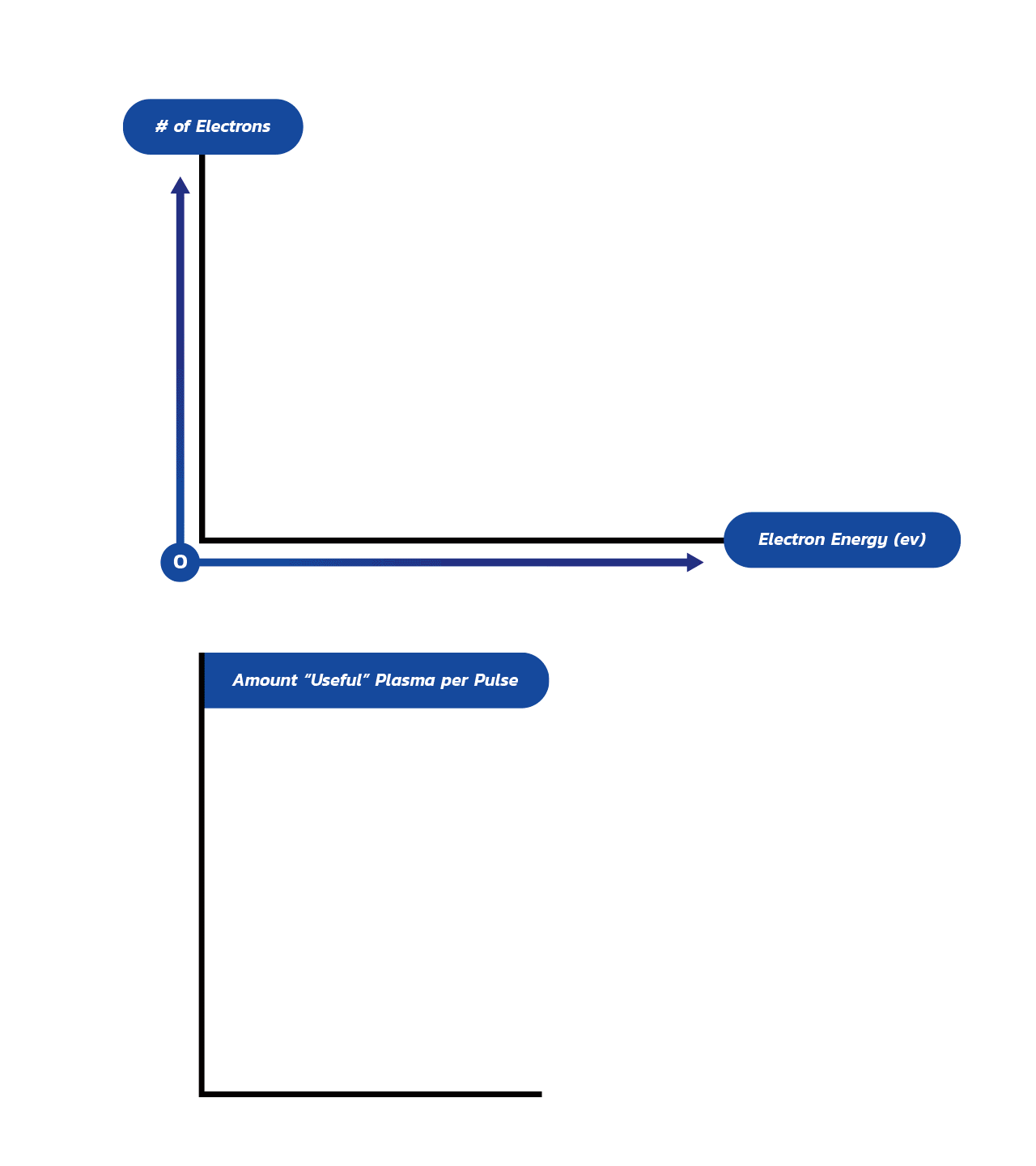Recent News
Ground-Breaking Ignition Technology from Transient Plasma Systems Proven to Make Gasoline-Powered Vehicles Cleaner and More Efficient
June 8, 2022Transient Plasma Systems Reports Significant Breakthroughs in Ignition Technology
December 15, 2021Experts Are Divided on the Best Way for Automakers to Hit Fuel Efficiency Targets
September 14, 2021‘Lightning bolt’ approach to fuel ignition
August 30, 2021Advantage
and Value
Stable Ignition Under Highly Dilute Conditions
Extension in lean dilution limits compared to spark ignition — Beyond λ=2 in Some Engines
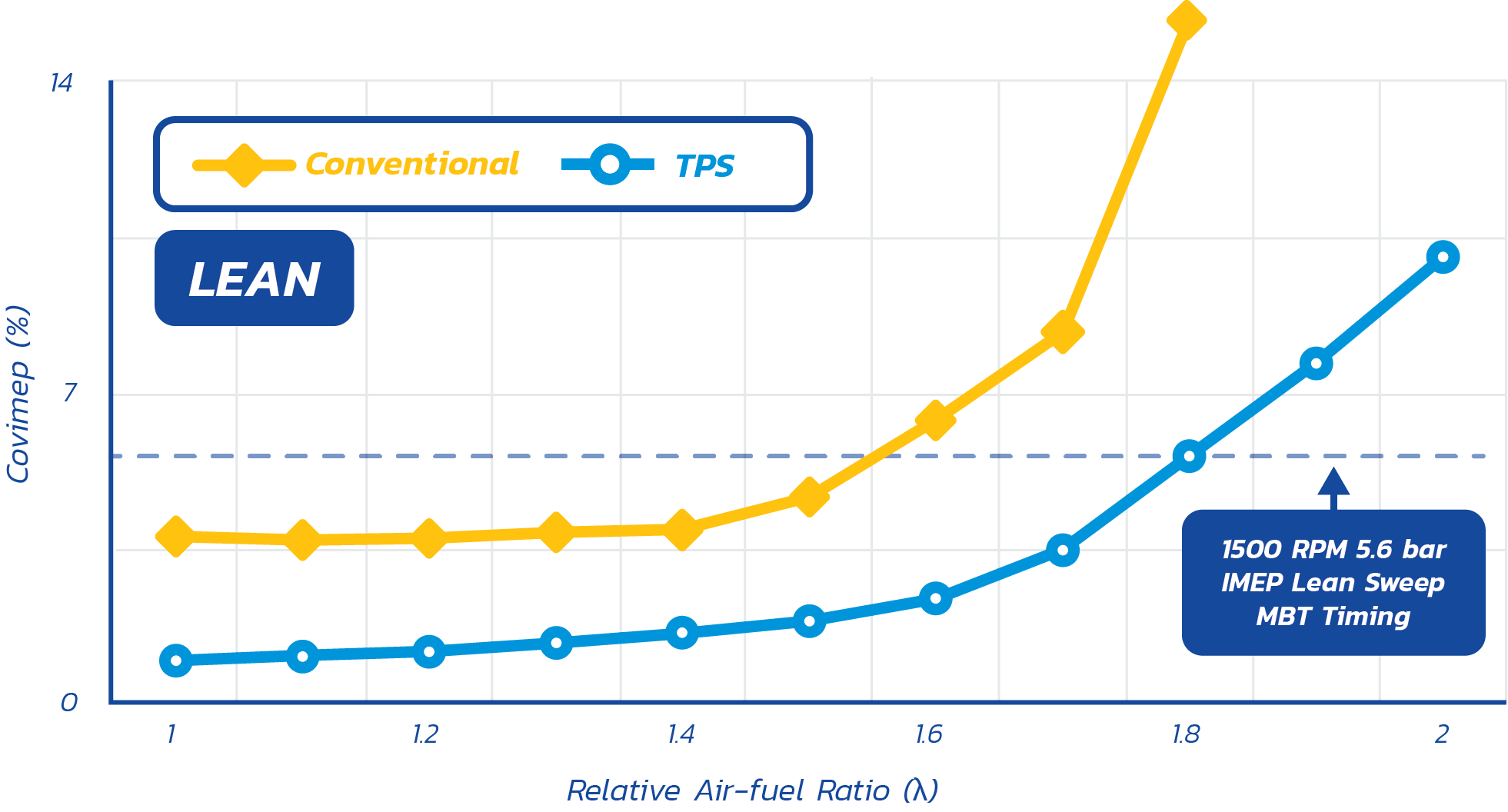
Extension of EGR Dilution Rates Compared to Spark Ignition — Beyond 30%
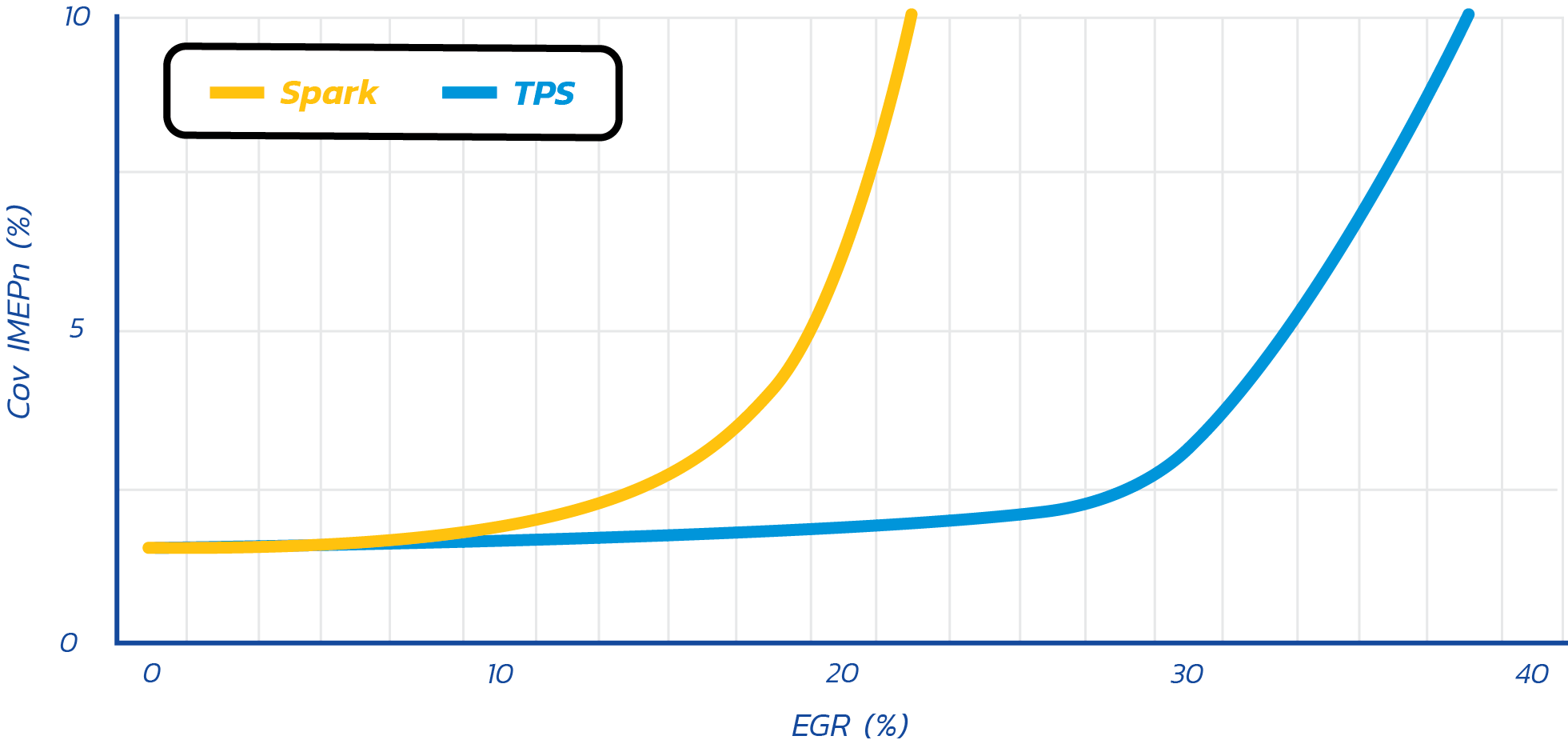
Gasoline Engines Fuel Efficiency Boost
Gasoline Engines Emissions Reduction
Natural Gas Engines Fuel Efficiency Boost
TPS Technology: Validated by National Laboratories and Many OEMs
Sandia National Laboratory Combustion Research Facility
Argonne National Laboratory
Single and Multi-Cylinder Engines Fueled by Gasoline and Natural Gas
More Than Two Dozen Engine Tests with Numerous OEMs
Ignition Solution
The TPS Transient Plasma Ignition System is a revolutionary new tool for auto manufacturers that unlocks efficient engine modes and lowers emissions by enabling advanced combustion strategies, including dilution and multi-mode combustion.
Transient Plasma Ignition System:
Integrates Seamlessly with OEM Vehicle Architectures
Works in Tandem with OEM Engine Designs
Supplements Other Engine Efficiency Technologies
Boosts Fuel Efficiency by Up to 20%
Reduces Emissions by More Than 50%
TPS Ignition System: Technology Overview
Our ignition system consists of an electronics module powered by the vehicle's battery, which is connected to a set of standard spark plugs with modified electrodes for optimal performance.
The system integrates seamlessly with existing OEM engine designs and electrical architectures, requiring no extensive engine redesigns or modifications.
The system integrates seamlessly with existing OEM engine designs and electrical architectures, requiring no extensive engine redesigns or modifications.
The TPS
Difference
TPS vs. Other Plasma-Based Ignition Systems
Transient Plasma Systems
Low Energy Provides Better Efficiency and Plug Life
No Engine Redesign Needed
Maximizes Compression Ratio
Simple, Cost Efficient Spark Plug Design
Other Plasma Ignition Systems
High Energy Reduces Plug Life
Cylinder Needs Redesign to Accommodate Igniter
More Volume in the Cylinder Head is Needed to Prevent Arc-Over, Reducing Compression Ratio
Complex Igniter Design and Manufacturing Process Increases System Cost
The Transient Plasma Ignition System Produces a Nanosecond Pulse High in Peak Power and Low in Energy to Create Highly Efficient Ignition in Combustion Engines.
Low Energy
High Peak Power
250x
More Efficient Than Other Plasma-Production Methods
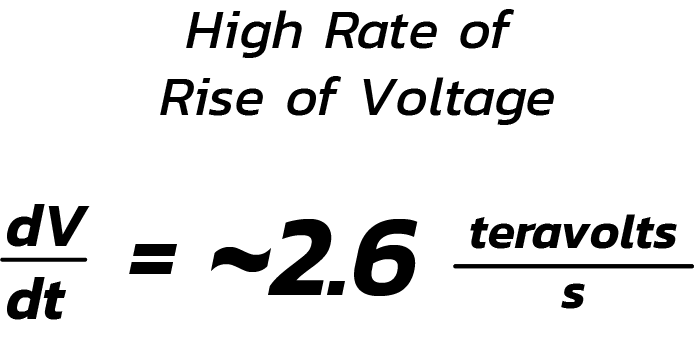
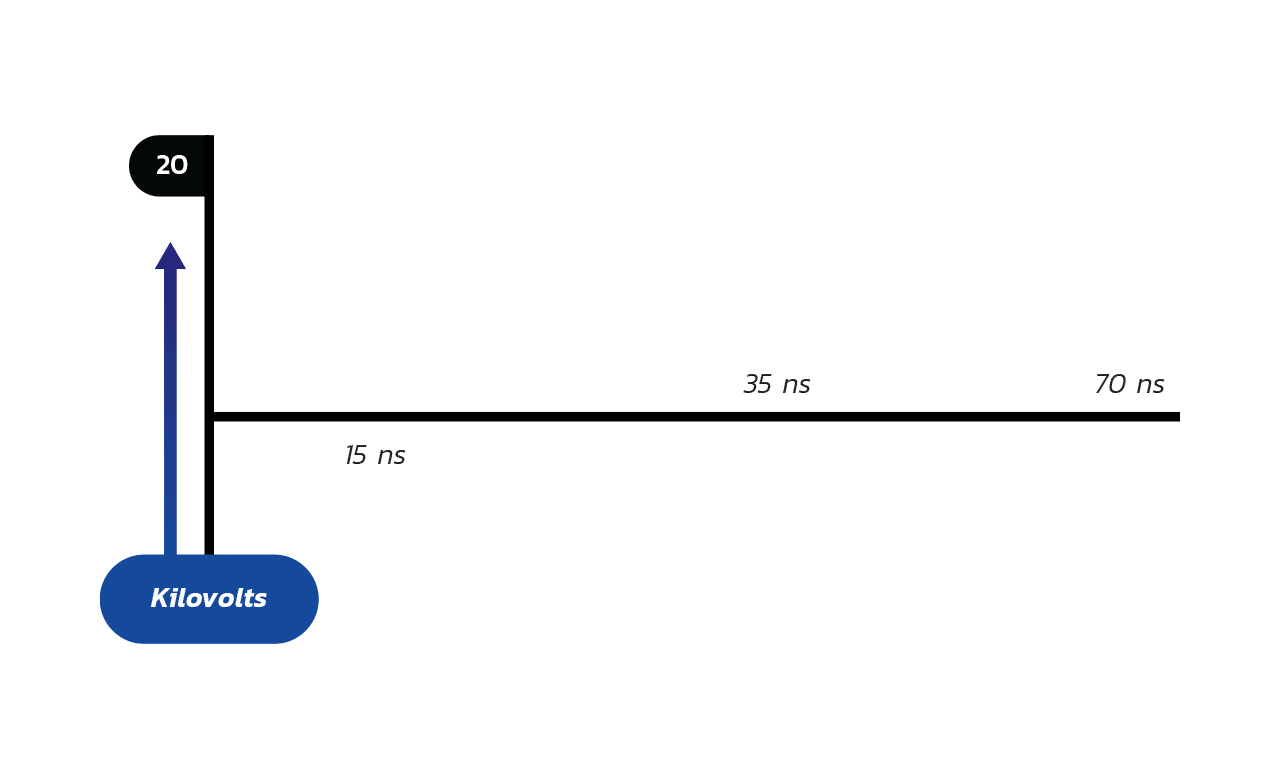
Spark Ignition
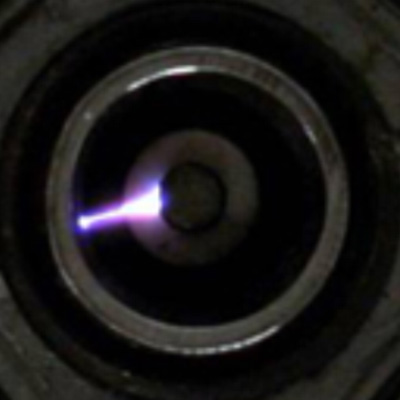
0

0

0
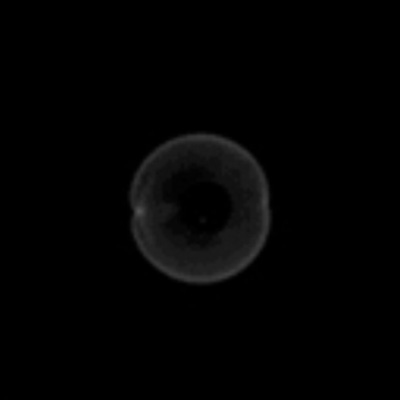
0
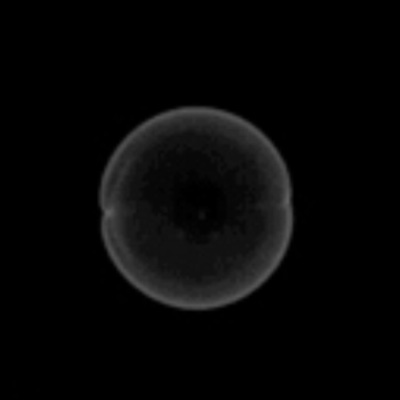
0
VS
TPS Plasma Ignition
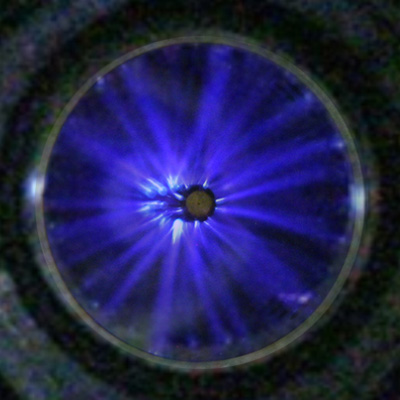
0

0

0
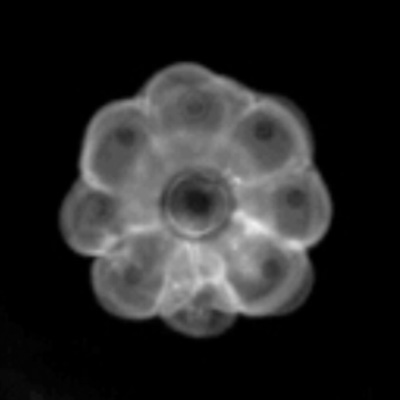
0
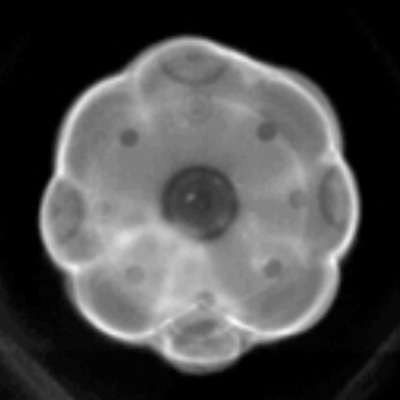
0
Enhanced Chemistry
Electrons collide with the air-fuel mixture, producing chemically reactive species that catalyze the combustion process. This enhances ignition and stabilizes lean-burn combustion.
Volumetric Impact
The spatial distribution of plasma in the Transient Plasma Ignition System enables a single streamer discharge to impact a large volume.



